WASHINGTON -- In the District, there is no shortage of statues. But in the latest edition of the why, we are looking into the iconic "Statue Of Freedom," on top of the Capitol. What's the history of this statue, and what does it symbolize?


The Design:
First let's focus on some statistics. The statue is 19 feet 6 inches, and weighs a whopping 15,000 pounds. The statue sits 288 feet above the ground.
As for design, the woman in the statue is tough, carrying a sword and a shield, and wearing a helmet with the crest of an eagle's head and feathers. She stands on top of a pedestal of a similar height, which has the words "E. Pluribus Unum," spelled out.
The Story:
The story behind this statue begins in 1855, when a sculptor named Thomas Crawford, was given the assignment of designing the structure.

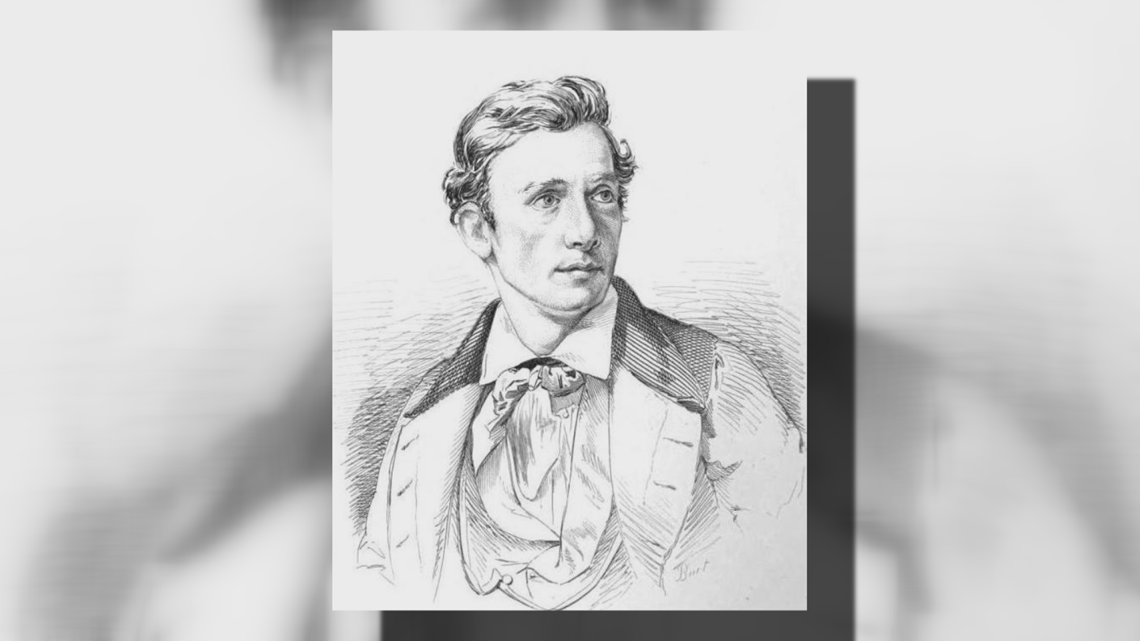
He began with a design, he called "Freedom Triumphant -- In War and Peace." The design showed a woman wearing a wreath of wheat and Laurel. This design was short-lived, because he did not put the woman on top of a pedestal.

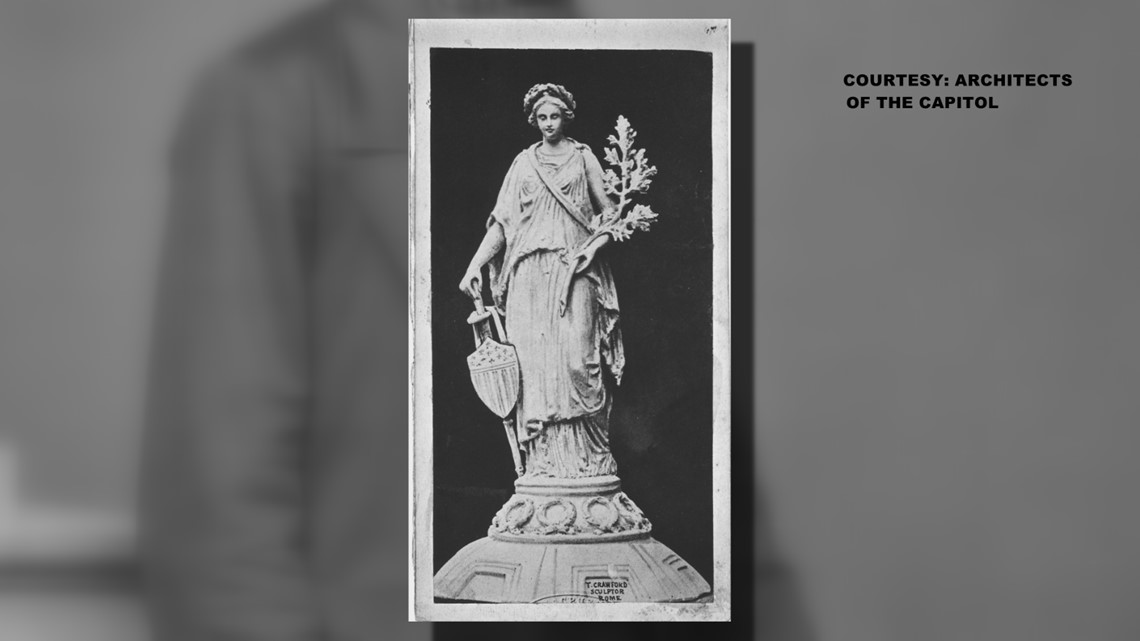
With his second design, the protagonist stood on top of a pedestal, holding a shield, a wreath and a sword. This statue also had another feature that created controversy: A liberty Cap.

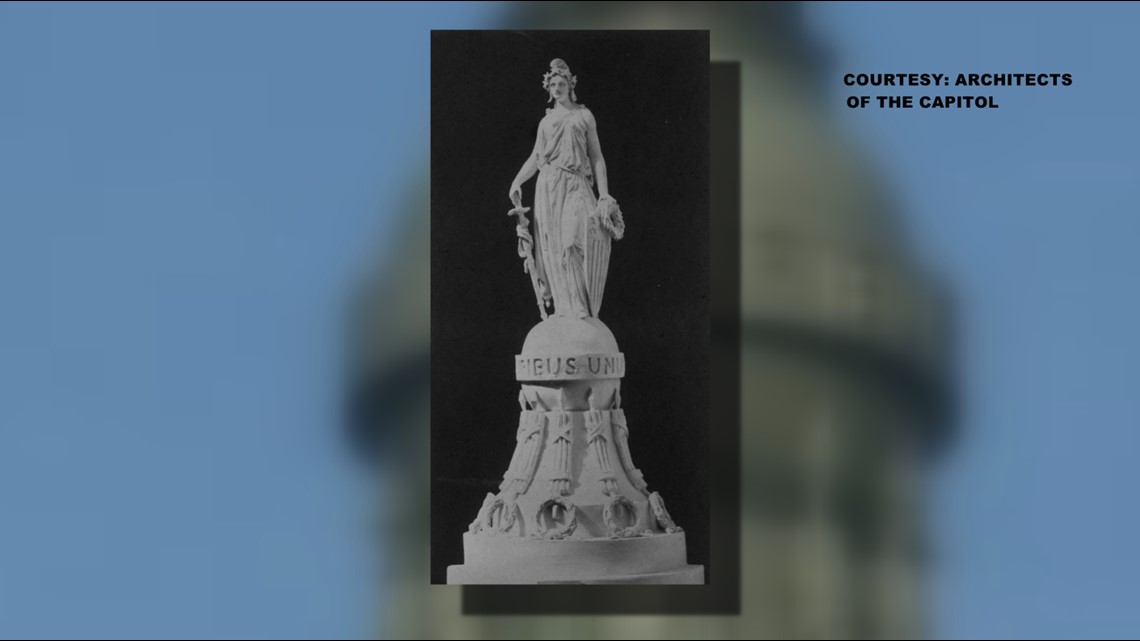
The Liberty Cap was controversial due to it's symbolic history from the Roman empire. Back in those times, the hats were only worn by freed men. In fact, the hats were used during a ceremony, where the masters would give their slaves the hats, to indicate their freedom.
Due to this symbolic meaning, slave owners were not happy with the inclusion of the hat. That's why Secretary of War Jefferson Davis, who oversaw the project, denied the design. Davis would go on to become the president of the Confederacy, during the Civil War.

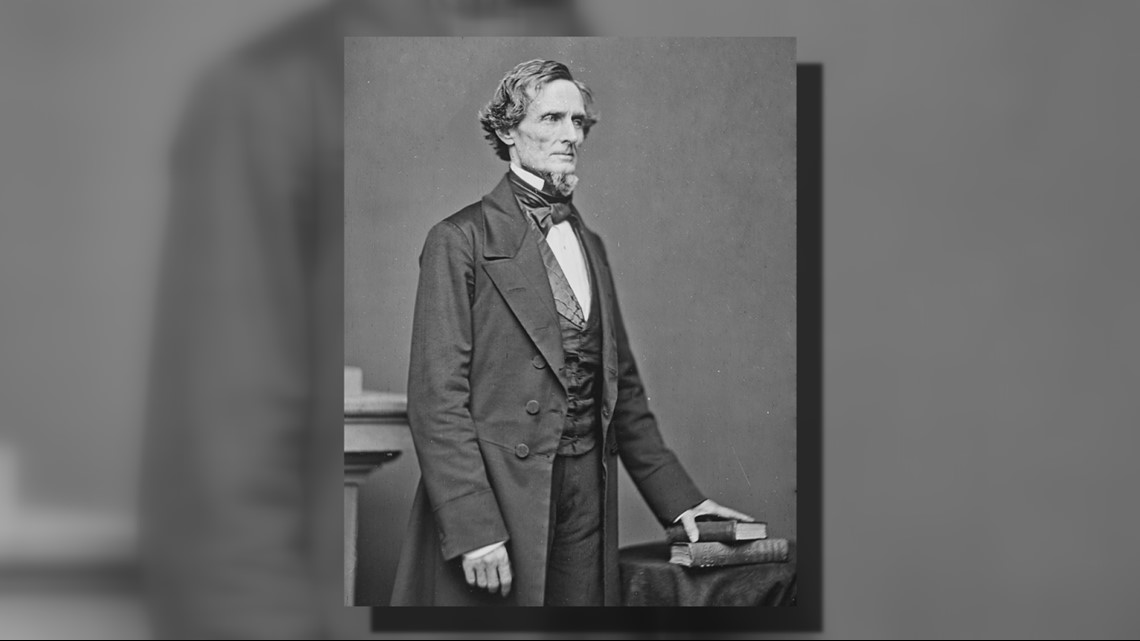
Crawford then went back to the drawing board, and came up with a third design. This final design replaced the liberty cap with the helmet we know today. Davis accepted the new design.

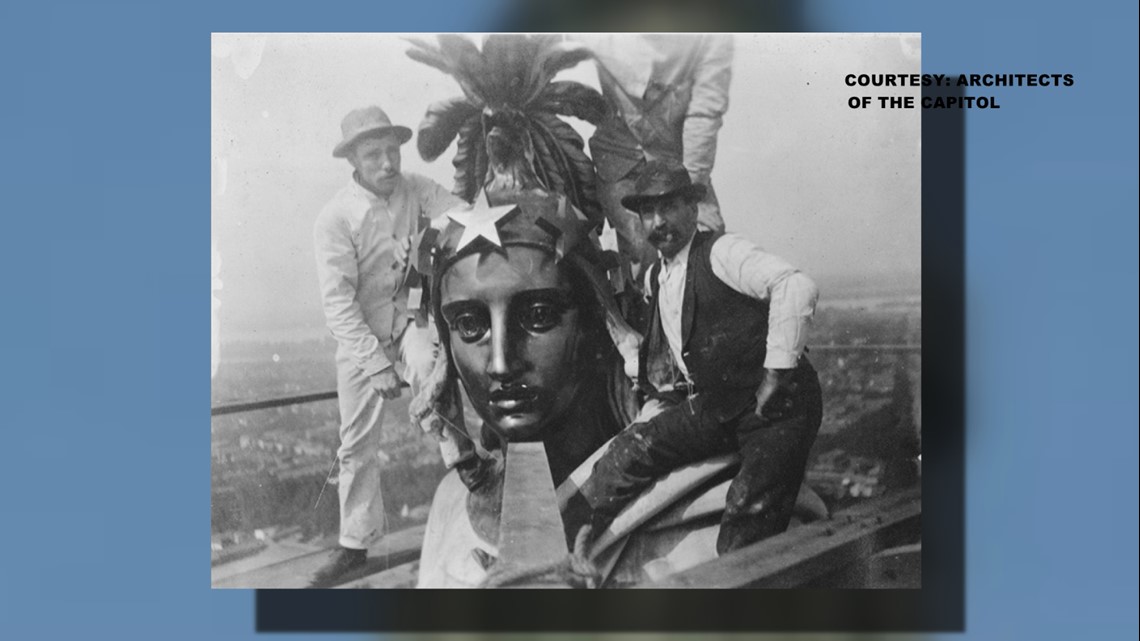
Phillip Reid:
The story of the Statue of Freedom can't be told without talking about Phillip Reid, a slave who played a massive role in the creation of the structure.
He first became involved, when Crawford died suddenly in 1857. When that happened, his widow sent the statue in six crates, from his studio in Rome to the United States. Due to leaks on the ships, these crates didn't make it to the United States until March, 1859.
The crates were delivered to sculptor Clark Mills. Of the many workers, tasked with putting the statue together, perhaps nobody was more fundamental than a slave named Phillip Reid.
In 1862, the federal government banned slavery in the District of Columbia. Despite being a free man, Reid chose to remain on the job, and finished the installation of the statue.
Late in 1863, the process began of bringing the five sections on top of the dome to be assembled. On December 2, 1863, the statue was formally welcomed to the salute of 35 guns, answered by the guns of 12 forts around Washington.
Do you have a why question you want answered? Send your ideas to reporter Evan Koslof on Twitter at ekoslof, on Facebook at "Evan Koslof Reporting," or by email at ekoslof@wusa9.com.



